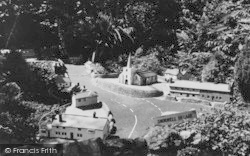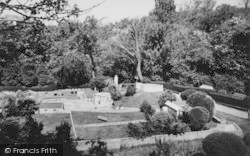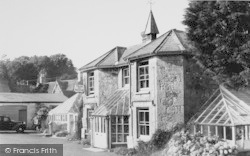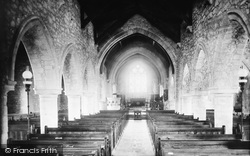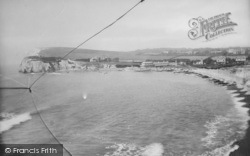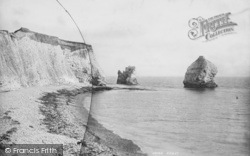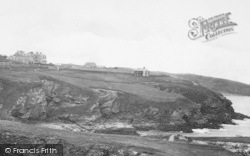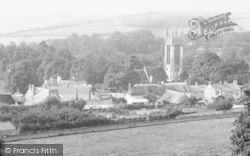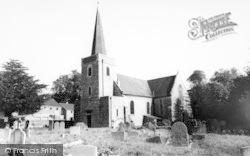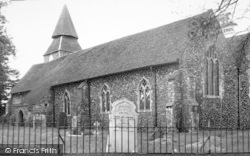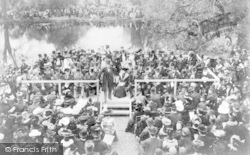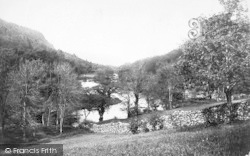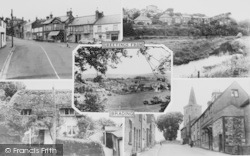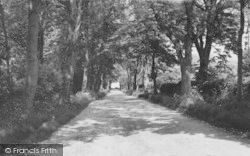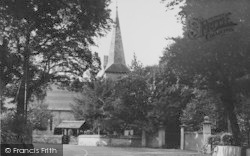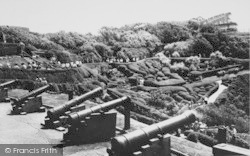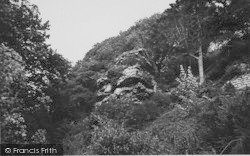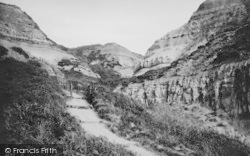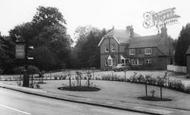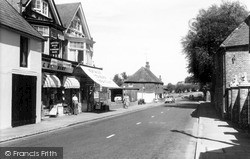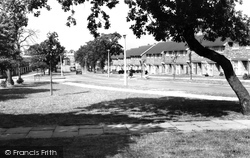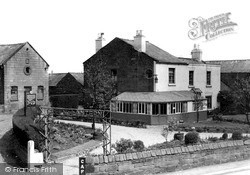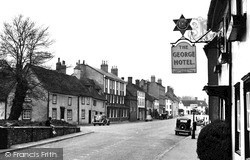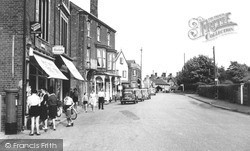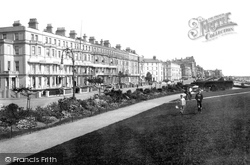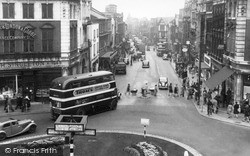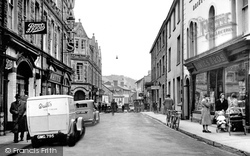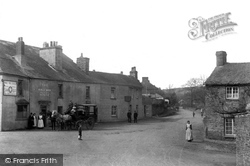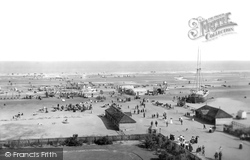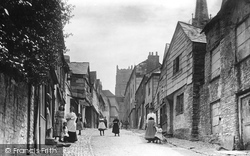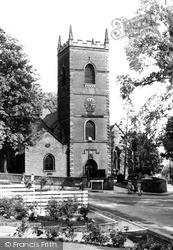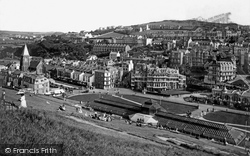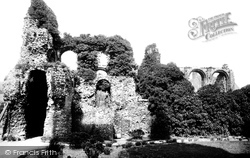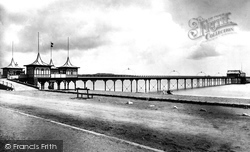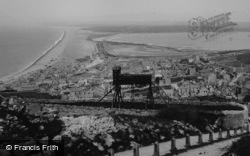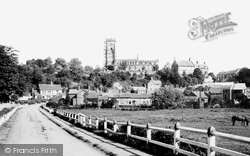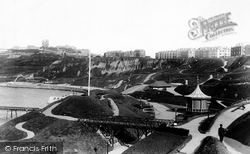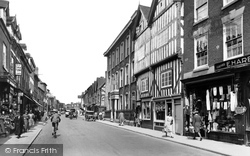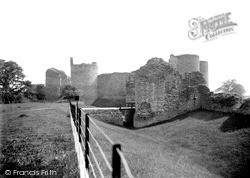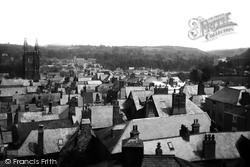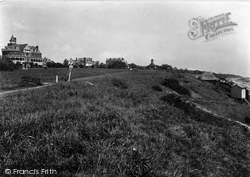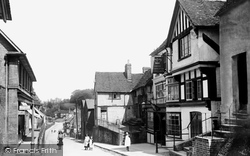Places
36 places found.
Those places high-lighted have photos. All locations may have maps, books and memories.
- Shanklin, Isle of Wight
- Ventnor, Isle of Wight
- Ryde, Isle of Wight
- Cowes, Isle of Wight
- Sandown, Isle of Wight
- Port of Ness, Western Isles
- London, Greater London
- Cambridge, Cambridgeshire
- Dublin, Republic of Ireland
- Killarney, Republic of Ireland
- Douglas, Isle of Man
- Plymouth, Devon
- Newport, Isle of Wight
- Southwold, Suffolk
- Bristol, Avon
- Lowestoft, Suffolk
- Cromer, Norfolk
- Edinburgh, Lothian
- Maldon, Essex
- Clacton-On-Sea, Essex
- Norwich, Norfolk
- Felixstowe, Suffolk
- Hitchin, Hertfordshire
- Stevenage, Hertfordshire
- Colchester, Essex
- Nottingham, Nottinghamshire
- Bedford, Bedfordshire
- Bury St Edmunds, Suffolk
- Aldeburgh, Suffolk
- St Albans, Hertfordshire
- Hunstanton, Norfolk
- Chelmsford, Essex
- Bishop's Stortford, Hertfordshire
- Peterborough, Cambridgeshire
- Brentwood, Essex
- Glengarriff, Republic of Ireland
Photos
9,106 photos found. Showing results 7,801 to 7,820.
Maps
181,006 maps found.
Books
11 books found. Showing results 9,361 to 11.
Memories
29,058 memories found. Showing results 3,901 to 3,910.
East Stonehouse 1800
My great great great great grandfather Charles Penery, was born at East Stonehouse in 1800/01. He was buried at Ford Park Cemetry in 1874. He married Mary Ann Penery (nee Baskerville) born in 1801. She was burried at Ford ...Read more
A memory of Billacombe by
My Childhood Memories...
My name is Dawn Thompson, I grew up in one of the Cottages next to the Pub (no 3). My father Peter Thompson, worked there for many years. I remember the Hunt meetings and I remember Tom Hatton, who ran it many years ago. ...Read more
A memory of Pirbright in 1970 by
Downshall Secondary School
I have very fond memories of Downshall Secondary where I was between 1958 and 1962. I used to live in Downshall Avenue, and we used to walk everywhere, to school, to Seven Kings Park and the park up Meads Lane. We ...Read more
A memory of Seven Kings in 1960 by
A Wartime Evacuee
During the war I was evacuated with my family to Dunsmore and we lived in Appletree Cottage, opposite The Fox. I attended Wendover School and returned to London in 1946. At the time Robert Donat lived in ...Read more
A memory of Dunsmore in 1940 by
Trevelyan Road Tooting
I was born on 8th May 1945 (the day the war ended) at 61 Trevelyan Road Tooting. My mum told me that there was a heatwave on the 8th May and whilst she was trying to get some rest there was a street party going n which she ...Read more
A memory of Tooting in 1945 by
Henry And Sarah Jane Christelow Eddy
Henry and Sarah Jane were my husband's grandparents. I'm not sure where they were born but they were married at the Chester-le-Street Registry Office and were living at Pelton Fell when my father-in-law, ...Read more
A memory of Pelton Fell by
Collyhurst
Loved being brought up there, moved into the Collyhurst scene from Langley Middleton, soon got to know Ralph Spencer, the Heaneys and Youngs, also Mcewans. I went to Albert Memorial School. I lived on Thornton Street. What a place ...Read more
A memory of Harpurhey by
Parrin Lane
Me & my brother both worked at Annie & Terry Smith's bakery as children, in the back making pies and bread from about five/six every Sat morning for years. It was a very busy place to work and Terry was a great bloke to work ...Read more
A memory of Eccles in 1959 by
Albion Place
I was born in 1939 and grew up in Kenfg Hill, living at 65 Pisgah Street, Foster Buildings, and 7 Albion Place during the war years. Albion Place was then in an area of Kenfig Hill known as The Huts, because the dwellings were all ...Read more
A memory of Kenfig Hill in 1945 by
Your search returned a large number of results. Please try to refine your search further.
Captions
29,158 captions found. Showing results 9,361 to 9,384.
Duncton sits at the foot of the Downs, with fine views nearby. Holy Trinity Church was built in 1866 in the Decorated style, on the site of a medieval church.
The early neighbourhoods were characterised by winding streets and plenty of open space. Some of the plans won awards.
It has recently been renovated, along with many of the farm buildings to the rear, and now forms part of the Delamere Farm complex; this is a development of twelve exclusive and high specification homes
Many of the buildings on the High Street were re-fronted in Georgian times; inside some of the shops and inns we can see the earlier jettied timber frames.
It has two large villas and a Methodist Chapel built by the well-known architect Sir Edwin Lutyens, most famous as the designer of the city of New Delhi.
The elegance of this 1860s stucco terrace with three-storey bay windows to each house and the long straight para- pet is now replaced by Grand Court, a higher block of 1960s flats: typical sea-front
Bridge Street was one of four main streets intersecting at Market Gate. All were not only shopping streets, but a key part of the regional road network.
After crossing the Wye Bridge, our man from Frith captured plenty of activity and detail in this photograph of the main street.
The carriage road from Liskeard terminated at this tranquil village of brown stone cottages set by a creek swept by the tides.
It is low tide, and the swingboats and roundabouts are out of reach of the waves.
This photograph is taken from the spot where the Job Centre now stands, or the car park just down the hill.
St Bartholomew's enjoys an elevated position, possibly the site of a prehistoric fort, at the corner of Church Hill and Vicarage Road.
Although Ilfracombe is essentially a Victorian town, the elegant terraced houses of Montpellier Place (upper, left of centre) were built in the early 1830s.
The overgrown remains of St Boltolph's Priory, a Norman church standing outside the old Roman walls of Colchester.
Paignton pier, one of the oldest in Britain, strides 800 feet out to sea; we see it here in all its Victorian finery.
Chesil Beach, seen here from the Isle of Portland, is a great ridge of shingle eight miles long, with a lagoon of brackish water between it and the mainland.
Local histories describe Robert Clive as a young tearaway, and stories of him abound.
The entrance to the Pier can just be seen to the left of the flagpole.
Charles Stuart, fleeing after his defeat at the Battle of Worcester in 1651, reached Bromsgrove disguised as the servant of the remarkable Jane Lane.
It is not difficult to see why the grassy inner ward of this formidable castle became one of the picnic destinations of Rudolf Hess.
The roofscape of Totnes remains largely unchanged. In the distance is St John's Church, Bridgetown; the wooded hill to the right is now the large housing estate of Westonfields.
Since 1902 Raphael Park has provided Romford people with a place of relaxation and recreation.
Instead of sea- front amusements, it has the long stretch of cliff-top pastureland known as the Greensward, and the imposing 1896 pile of the Grand Hotel.
The BBC used to come to the countryside around Oxted to record and broadcast the sound of nightingales.
Places (6814)
Photos (9106)
Memories (29058)
Books (11)
Maps (181006)


